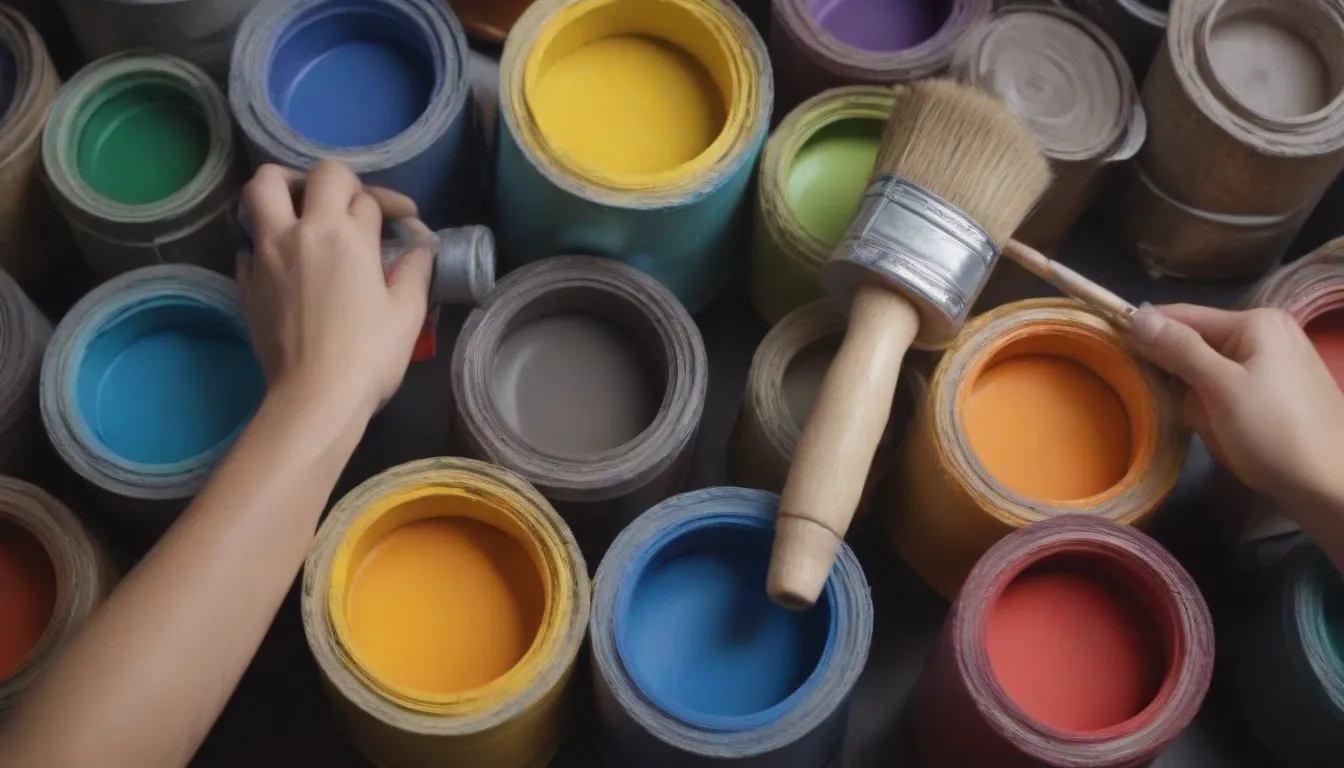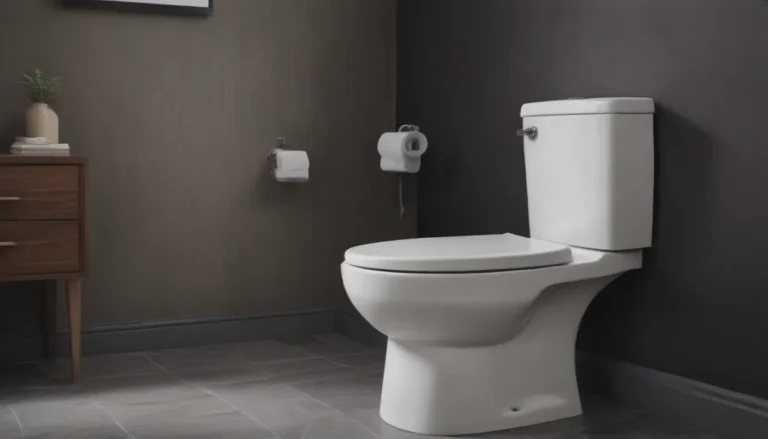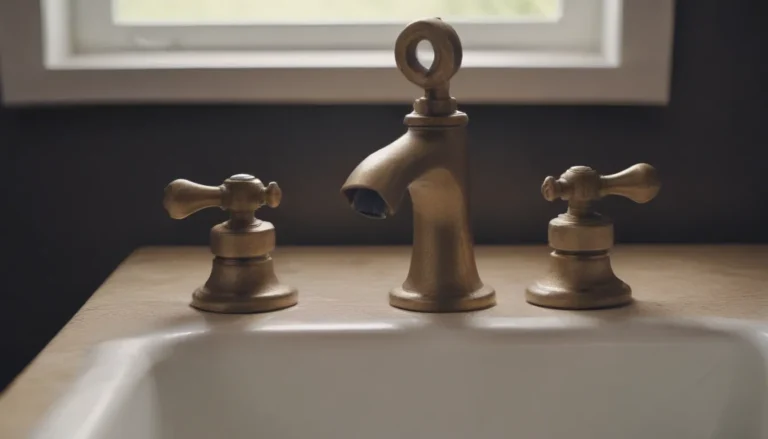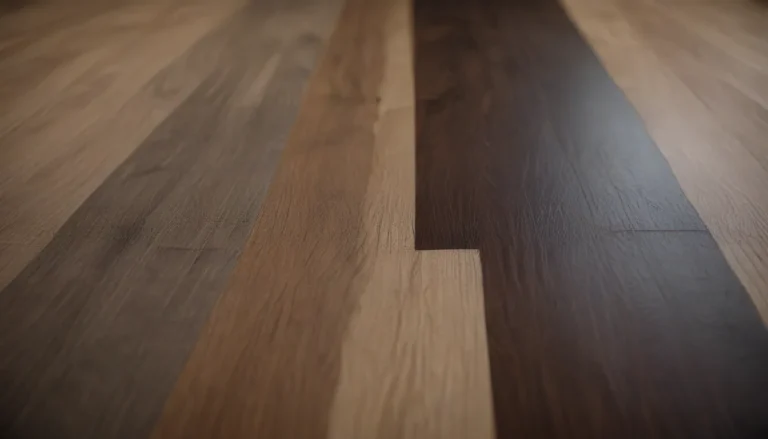A Comprehensive Guide on How to Choose the Right Paint Roller for Your DIY Projects

Are you planning to tackle a painting project at home but feeling overwhelmed by the variety of paint rollers available on the market? Choosing the right paint roller is essential to ensure a smooth and professional finish to your project. In this comprehensive guide, we will walk you through the key factors to consider when selecting a paint roller, including size, fabric, and pile height. By the end of this article, you will be equipped with the knowledge needed to choose the perfect paint roller for your next home renovation project.
Buying Considerations for Paint Rollers
Before diving into the world of paint rollers, it’s important to understand the key factors to consider when making a purchase. Let’s explore some of the critical buying considerations for paint rollers:
Size
Paint rollers come in various sizes, ranging from standard sizes for average-sized walls to oversize rollers for larger surfaces. It’s essential to choose the right size based on the area you will be painting. Mini rollers are ideal for trim, doors, and narrow walls, while standard rollers work well for most interior walls. Consider the size of the surfaces you will be painting to determine the appropriate roller size for your project.
Fabric
The material of the roller cover plays a significant role in the finish of your painting project. Woven or knit synthetic covers are ideal for interior walls, while lambswool covers work well with oil-based paints or glossy finishes. Foam rollers are perfect for smooth surfaces and fine furniture. Choose the fabric based on the type of paint you will be using and the finish you want to achieve.
Pile Height
The pile height, or nap, of the roller sleeve determines how much paint it can absorb and release. Select a pile height based on the surface you will be painting. Smooth surfaces require a shorter nap, while rough or textured surfaces need a longer nap for adequate coverage. Consider the texture of the surfaces in your project to choose the right pile height for your paint roller.
Types of Paint Rollers
Now that you understand the key buying considerations, let’s explore the different types of paint rollers available on the market:
Manual Paint Rollers
Manual paint rollers are the standard option for painting interior walls and ceilings. They come with a handle, frame, and rotating metal roller. While they are versatile and affordable, they may be too long for painting thin surfaces like baseboards and doorframes.
Pad Paint Rollers
Pad rollers have a flat pad that applies paint evenly in straight strokes. They are ideal for preventing paint splatters and applying a thin layer of paint. However, they may not be suitable for covering bold colors.
Textured Paint Rollers
Textured paint rollers use specialized roller sleeves to create patterns like wood grain or brick textures. They are perfect for adding visual interest to larger walls but may not be as effective on smaller surfaces.
Specialty Paint Rollers
Specialty paint rollers are designed for specific paint patterns and textures. They are specialized tools that yield better results than using a manual roller with a textured sleeve.
Mini Paint Rollers
Mini paint rollers are perfect for painting thin surfaces or tight corners. They come in various sizes and are ideal for detail work and hard-to-reach areas.
How to Choose the Right Paint Roller for Your Project
Now that you are familiar with the different types of paint rollers, let’s dive into the process of choosing the right roller for your project:
Consider the Scope of the Project
The size and type of roller you choose will depend on the scope of your project. Standard rollers are suitable for average-sized walls and ceilings, while mini rollers are ideal for trim and narrow surfaces. Consider the location and type of surfaces you will be painting to determine the best roller for the job.
Painting Interior or Exterior Surfaces
Whether you are painting interior or exterior surfaces will impact the type of roller sleeve you choose. Smooth interior surfaces require a shorter nap, while textured exterior surfaces need a longer nap for adequate coverage. Match the fabric pile height to the surface texture for the best results.
Match the Roller to the Paint Finish
Matching the roller to the paint finish is crucial for achieving a professional result. Choose a woven or knit synthetic cover for flat or eggshell finishes, lambswool for oil-based or glossy paints, and foam rollers for varnish or polyurethane. Ensure the roller fabric is compatible with the paint finish for optimal performance.
Pay Attention to Roller Movement
When using a paint roller, ensure that it rolls smoothly on the surface. If the roller slides or smears, it may be overloaded with paint. Use the paint tray to remove excess paint before continuing to ensure a uniform finish.
Cost Considerations
While choosing the right paint roller is essential for a successful painting project, it’s also important to consider the cost. Paint rollers are relatively affordable, with prices ranging from $10 to $100. Consider investing in multiple rollers for different parts of your project to achieve a professional finish without breaking the bank.
In conclusion, choosing the right paint roller is a crucial step in any DIY painting project. By considering factors like size, fabric, and pile height, you can select the perfect roller for your specific needs. Whether you opt for a manual roller, pad roller, textured roller, specialty roller, or mini roller, ensure that it matches the scope of your project and the type of surfaces you will be painting. With the right paint roller in hand, you can confidently tackle your next home renovation project and achieve professional results. Happy painting!





